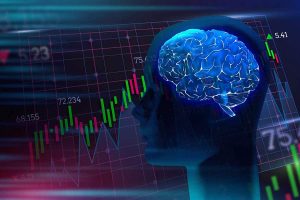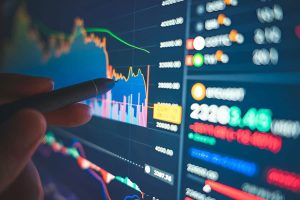The Fundamentals of Corporate Finance
Corporate finance revolves around the vital decisions companies make to optimize their capital structure, manage cash flows and drive long‑term value creation. At its core lies the balance between debt…
The Future of Forex: FinTech Innovations and Regulatory Trends
The next decade promises further transformation of Forex through FinTech innovations and evolving regulations. Blockchain‑based settlement systems, such as CLSNet, aim to reduce counterparty risk and compress settlement cycles. Decentralized…
Comparative Analysis: Forex vs. Cryptocurrency Markets
While both Forex and cryptocurrency markets function as arenas for currency speculation, they diverge on key dimensions. Forex benefits from decades of institutional development, robust regulatory oversight, and exceptional liquidity…
Forex Market Liquidity and Microstructure
Liquidity in Forex is not uniform; it varies by time of day, currency pair and prevailing economic events. Major pairs like EUR/USD and USD/JPY see the deepest order books during…
Behavioral Finance and Trading Psychology
Despite technological advances, markets remain driven by human behavior fear, greed, herd mentality and cognitive biases all leave invisible footprints on price charts. Overconfidence bias may lead traders to overestimate…
Algorithmic Trading and the Rise of Forex Robots
Algorithmic trading has revolutionized Forex by codifying strategies into self‑executing programs that operate free from human emotion. Known as Expert Advisors (EAs) on platforms like MetaTrader, these algorithms scan price…
The Impact of Macroeconomic Indicators on Currency Movements
Macroeconomic releases serve as the beating heart of Forex volatility. Among the most impactful are non‑farm payrolls (NFP) in the United States, which report monthly employment changes, and Consumer Price…
Risk Management Strategies in Forex Trading
In a market where leverage can reach 50:1 or higher, effective risk management is indispensable for long‑term survival. At the portfolio level, traders typically risk no more than 1–2 % of…
Technical Analysis Techniques for Forex Traders
Technical analysis in Forex rests on the belief that historical price patterns and statistical indicators can forecast future movements. At its core are chart patterns such as head‑and‑shoulders, double tops…
The Role of Central Banks and Monetary Policy in Forex
Central banks exert perhaps the most profound influence on currency markets through the setting of interest rates and broader monetary policy frameworks. Institutions like the U.S. Federal Reserve, the European…







